In this Dalton Transactions Hot article by William T. Eckenhoff and Tomislav Pintauer, Duquesne University, Pittsburgh, USA, copper(II) complexes with the Me6TREN ligand and AIBN were used as atom transfer radical addition catalysts.
Atom transfer radical addition is a way of making carbon-carbon bonds using a transition metal catalyst. This method can require a large ratio of catalyst to get a good yield, and can be difficult to recycle, so new ways to optimise this system are crucial.
Here the authors use a free radical diazo initiator (AIBN) to regenerate the catalyst in situ, and use the Me6TREN ligand to reduce the amount of copper in a higher oxidation state, which would otherwise deactivate the catalyst. This makes for a much more efficient reaction, and here this system was used to catalyze the addition of CCl4, CHCl3, CBr4, and CHBr3 to a series of alkenes.
Read the full article to find out more about this method for controlled radical addition…
![[CuII(Me6TREN)X][X] (X = Br- and Cl-)](https://blogs.rsc.org/dt/files/2011/03/c1dt10189g-ga.gif)
Atom transfer radical addition (ATRA) catalyzed by copper complexes with tris[2-(dimethylamino)ethyl]amine (Me6TREN) ligand in the presence of free-radical diazo initiator AIBN
William T. Eckenhoff and Tomislav Pintauer
Dalton Trans., 2011, Advance Article
DOI: 10.1039/C1DT10189G, Paper
FREE TO READ until 21st April
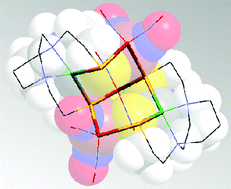











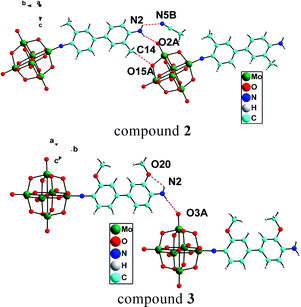
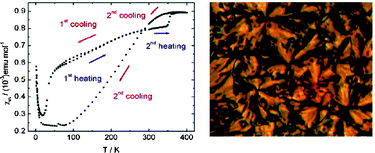
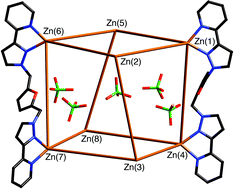 This Dalton Transactions Hot article looks at the self assembly of polyhedral cages.
This Dalton Transactions Hot article looks at the self assembly of polyhedral cages.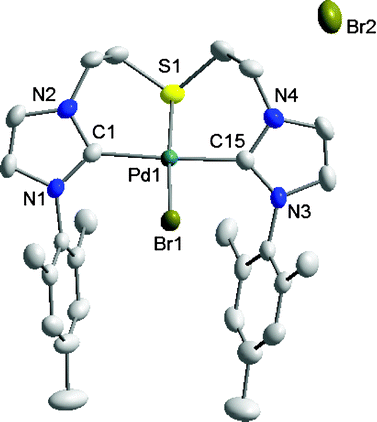
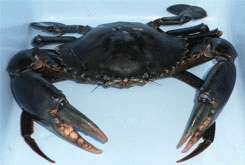


![[CuII(Me6TREN)X][X] (X = Br- and Cl-)](https://blogs.rsc.org/dt/files/2011/03/c1dt10189g-ga.gif)

